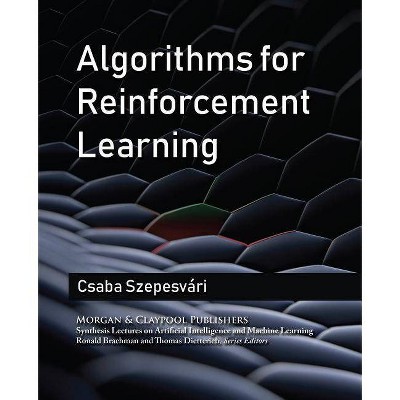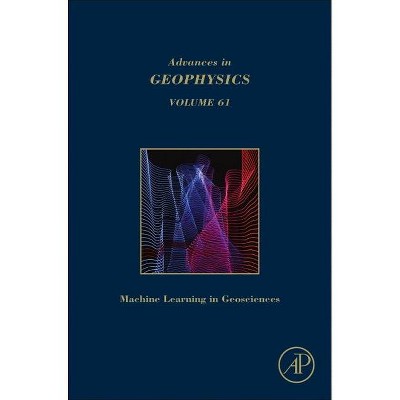Network Embedding - (Synthesis Lectures on Artificial Intelligence and Machine Le) by Cheng Yang & Zhiyuan Liu & Cunchao Tu (Paperback)

Similar Products
Products of same category from the store
AllProduct info
<p/><br></br><p><b> Book Synopsis </b></p></br></br><p><b>This is a comprehensive introduction to the basic concepts, models, and applications of network representation learning (NRL) and the background and rise of network embeddings (NE)</b>.</p> <p>It introduces the development of NE techniques by presenting several representative methods on general graphs, as well as a unified NE framework based on matrix factorization. Afterward, it presents the variants of NE with additional information: NE for graphs with node attributes/contents/labels; and the variants with different characteristics: NE for community-structured/large-scale/heterogeneous graphs. Further, the book introduces different applications of NE such as recommendation and information diffusion prediction. Finally, the book concludes the methods and applications and looks forward to the future directions.</p> <p> Many machine learning algorithms require real-valued feature vectors of data instances as inputs. By projecting data into vector spaces, representation learning techniques have achieved promising performance in many areas such as computer vision and natural language processing. There is also a need to learn representations for discrete relational data, namely networks or graphs. Network Embedding (NE) aims at learning vector representations for each node or vertex in a network to encode the topologic structure. Due to its convincing performance and efficiency, NE has been widely applied in many network applications such as node classification and link prediction.</p>
Price History
Price Archive shows prices from various stores, lets you see history and find the cheapest. There is no actual sale on the website. For all support, inquiry and suggestion messagescommunication@pricearchive.us




















